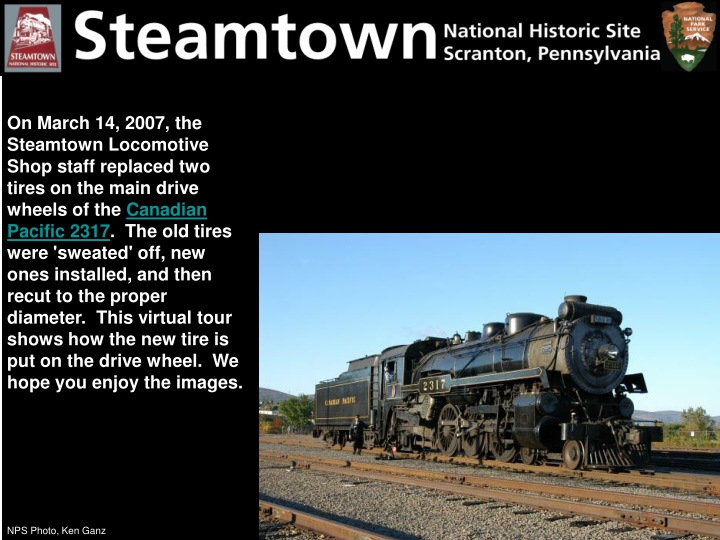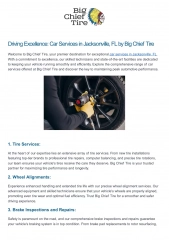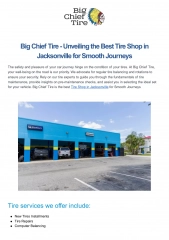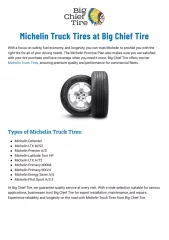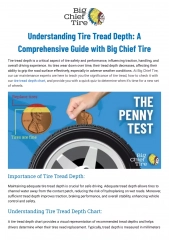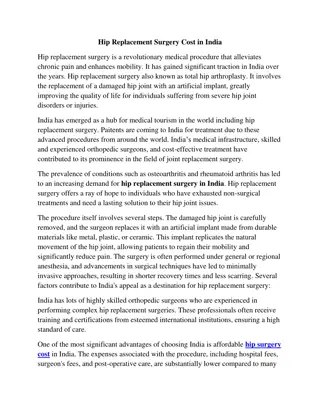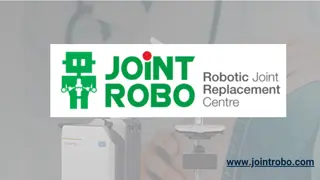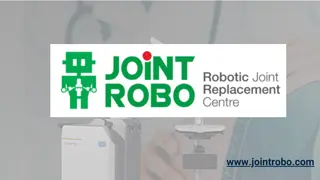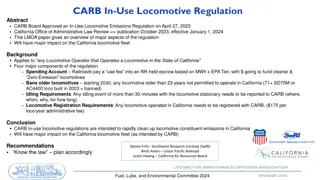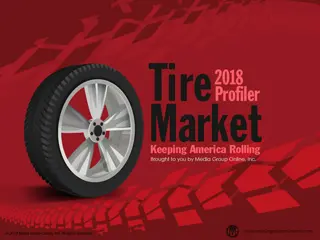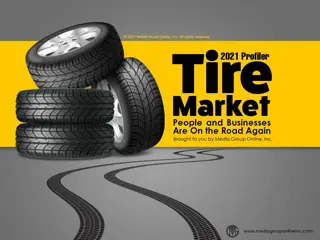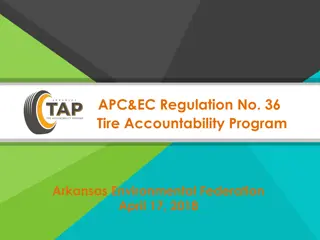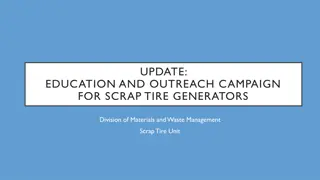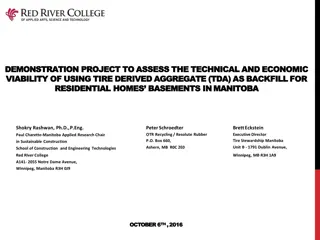Tire Replacement Process at Steamtown Locomotive Shop
Experience the process of replacing tires on the main drive wheels of Canadian Pacific 2317 at the Steamtown Locomotive Shop on March 14, 2007. Follow the step-by-step procedures, from removing old tires to installing and recutting new ones, with detailed images showcasing the precision and expertise involved in this maintenance task. Learn about the significance of ensuring proper tire dimensions and how dedicated specialists at Steamtown execute this intricate operation.
Download Presentation

Please find below an Image/Link to download the presentation.
The content on the website is provided AS IS for your information and personal use only. It may not be sold, licensed, or shared on other websites without obtaining consent from the author.If you encounter any issues during the download, it is possible that the publisher has removed the file from their server.
You are allowed to download the files provided on this website for personal or commercial use, subject to the condition that they are used lawfully. All files are the property of their respective owners.
The content on the website is provided AS IS for your information and personal use only. It may not be sold, licensed, or shared on other websites without obtaining consent from the author.
E N D
Presentation Transcript
Overview of presentation On March 14, 2007, the Steamtown Locomotive Shop staff replaced two tires on the main drive wheels of the Canadian Pacific 2317. The old tires were 'sweated' off, new ones installed, and then recut to the proper diameter. This virtual tour shows how the new tire is put on the drive wheel. We hope you enjoy the images. NPS Photo, Ken Ganz
These are two new tires for Canadian Pacific 2317. New tires may be needed for many reasons -- the tire or the flange is too thin (possibly from too many reshapings on a lathe) or the tire is damaged. Canadian Pacific 2317's third drive axle's tires had very thin flanges. NPS Photo, Ken Ganz
The tire is cut 55/1000s of an inch smaller than the wheel it will be fit on. Steel expands when it is heated, so a gas ring will be fitted on the tire. NPS Photo, Ken Ganz
Just like a car, only the tire is replaced. The wheels are individual sand-castings and, even a hundred years ago, were very expensive. The thin rolled-steel ring (the tire) is much cheaper. A stand holds the wheel set (wheels and axle) off the floor. NPS Photo, Ken Ganz
Each tire is cut for one, and only one, wheel. Wheels on the same axle can be off by a hundredth on an inch or more, so when the inner diameter of the tire is trimmed (it must be 55/1000's of an inch smaller than the wheel), it must match the wheel. This drive wheel is 67.956 inches in diameter (5'7"). NPS Photo, Ken Ganz
A Steamtown Preservation Specialist creates a bracket to help install the tire. The bracket fits on the forks of a forklift and hold the tire against the wheel during the heating process. Often, Steamtown's Locomotive Shop staff must create the tool before working with these historic machines. NPS Photo, Bill Clark
This bracket, made in the Steamtown Locomotive Shop, holds the new tire slightly above the wheel. When the tire is heated to the proper temperature, and has expanded, workers slide it onto the wheel using sledge hammers. NPS Photo, Ken Ganz
A Steamtown Preservation Specialist positions a lifting band on a tire. NPS Photo, Ken Ganz
The new tire is relatively light (only a few hundred pounds) so the small hook on the overhead crane is used. This must be done slowly and carefully to avoid damaging the rolled steel tire. NPS Photo, Ken Ganz
As the tire is lifted to vertical, any oscillations are damped to prevent damage. NPS Photo, Ken Ganz
The tire is lowered onto the bracket. After the straps are removed, the next step is placing the gas ring. NPS Photo, Ken Ganz
The gas ring is in place around the new tire. Fed by hoses at the bottom, the gas/oxygen mixture travels though the ring and out small holes. NPS Photo, Ken Ganz
The flame is lit and swiftly envelops the new tire. NPS Photo, Ken Ganz
The flow of oxygen is cut back to produce a bluish flame which is much hotter. NPS Photo, Ken Ganz
A close up of the flames at the bottom of the new tire. The new tire must be heated to about 200 to 250 degrees above the ambient temperature to expand enough to slide over the wheel. NPS Photo, Ken Ganz
A Steamtown Preservation Specialist uses a sensor to check the temperature of the steel wheel. The wheel must be hot enough (around 300 to 350 degrees) to expand, but must not exceed 600 degrees. Above 600 degrees, the temper may be taken out of the steel changing how much it can flex. NPS Photo, Ken Ganz
A Steamtown Preservation Specialist uses a sledge- hammer to move the tire onto the wheel. Steam railroading is an odd combination of measuring to within a thousandth of an inch, and then using a larger tool to achieve results! NPS Photo, Ken Ganz
The gas ring is removed and workers check to ensure the tire is fully on the wheel. NPS Photo, Ken Ganz
Workers ensure that the new tire is properly mounted on the wheel. NPS Photo, Ken Ganz
Clamps hold the tire in place on the wheel as it cools. The tire shrinks and tension between the tire and wheel holds the tire in place. NPS Photo, Ken Ganz
A Steamtown Volunteer-in- Park (VIP) uses a wheel lathe to cut the new tires. Only one set of tires (one axle) is being replaced and all the drive wheels of a steam locomotive must be the same diameter because they are linked with connecting rods. NPS Photo, Ken Ganz
As the drive wheel set rotates, a cutting blade removes a quarter-inch deep 'shaving' from the new tire. When the diameter approaches the size of the old tires, a different blade does the final shaping. NPS Photo, Ken Ganz
Thank you for your time. We hope you enjoyed this 'virtual tour' showing one of many activities in Steamtown's Locomotive Shop. Steamtown offers walking tours of the Locomotive Shop on most days. Some lucky visitors were able to see this 'ring of fire' during their tour. NPS Photo, Ken Ganz
